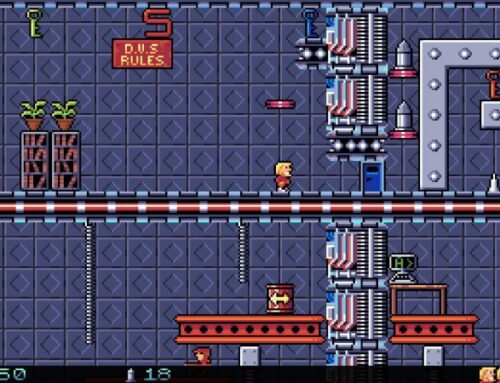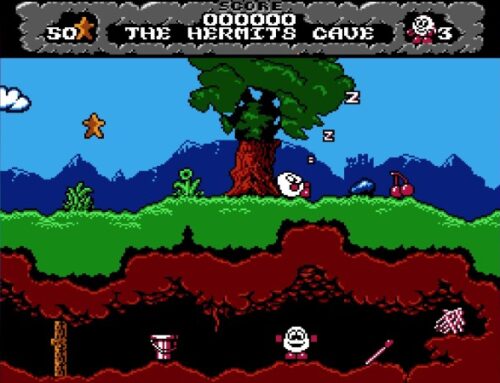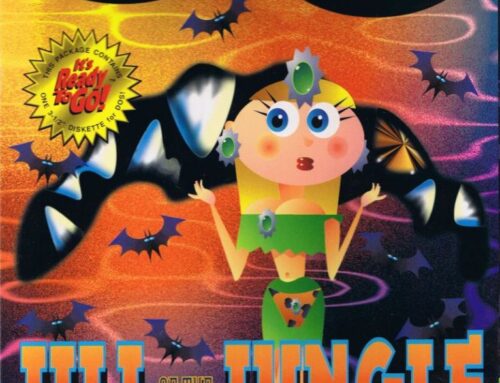The Evercade’s “Indie Heroes” cartridge plays host to a variety of brand new games for classic platforms — and even if you don’t have an Evercade, you can try most of these for yourself in one way or another! Let’s explore them in detail!
One of the best things about projects like the Indie Heroes cartridge for Evercade is that it allows creators who otherwise might not get much attention to enjoy some well-deserved exposure.
Such is the case for the French father-son team SJ Games, which consists of youngster Seiji Coop and his father Dale. Seiji handles game design duties, while Dale takes on all the annoying bits like coding — and together they have put out several small-scale games, the latest of which is Kubo 3 for NES.
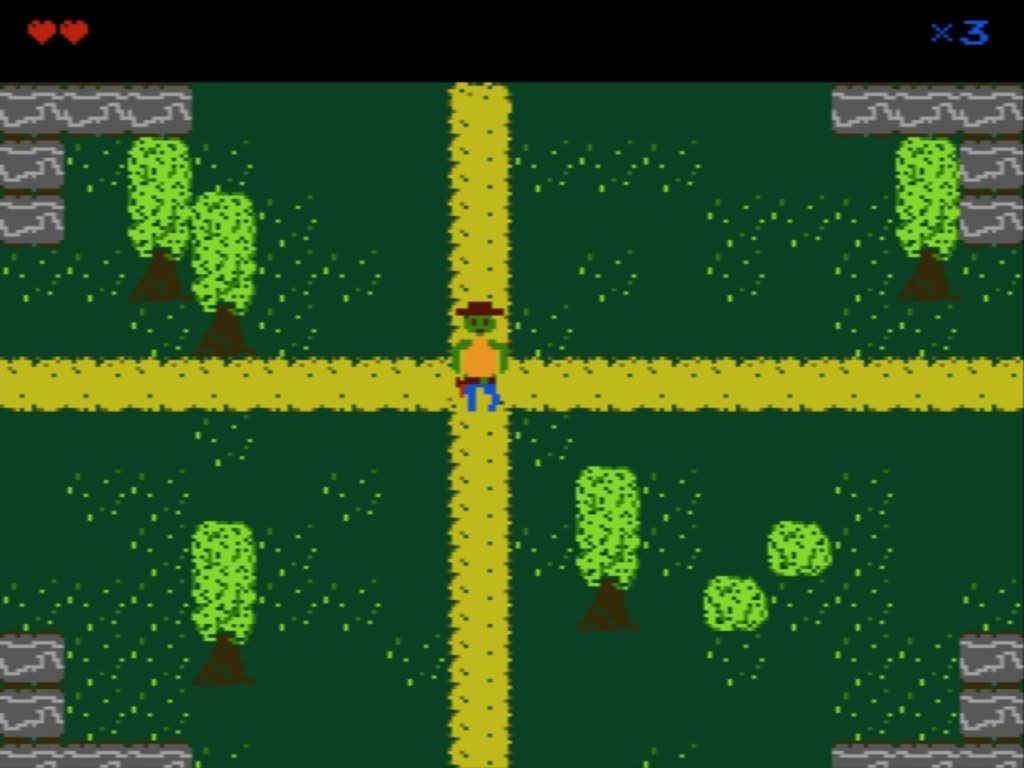
In Kubo 3, you take on the role of the eponymous turtle cowboy as he witnesses the abduction of some villagers by the evil mole Moglar. Moglar claims that he will release the villagers if Kubo brings him the four sacred gemstones — which, naturally are scattered in inconvenient locations that Moglar can’t be bothered to visit himself — and thus our quest begins.
Kubo 3 unfolds in two distinct stages: the overworld map, and the main stages of the game. The overworld map is primarily designed to be a maze of sorts, with the four main stages situated around it. There’s not a lot to actually “do” on the map itself, but finding your way around and trying to figure out how to reach things that are on the other side of obstacles has a pleasingly retro feel to it — somewhat akin to Atari’s classic Adventure at times, albeit with more detailed graphics.
Once you reach one of the stages, you proceed through a series of screens until you reach the boss. Beat the boss and you get the gem. Fail a stage and you get kicked out to the world map and have to try again — unless you die while fighting the boss, in which case the game rather generously places you on the screen before the boss fight. A nice touch that modern gamers will welcome.

Three of the four main stages in Kubo 3 are platformers, while the fourth sees Kubo swimming underwater avoiding obstacles and finding a path to the boss; the final stage, meanwhile, is another platformer. There’s some nice variety between the different stages — the “sky” level is mostly about precision platforming and timing your jumps carefully to avoid enemies, for example, while the “earth” level involves a lot of quickly responding to unexpected threats.
The boss fights are all pretty simple, with each requiring just three hits (usually delivered by jumping on their head) to dispatch. That said, each has some fun patterns to figure out, so they’re mechanically solid — just a bit easy. The final boss in particular could have perhaps done with putting up a bit more of a fight, particularly since collecting the gems throughout his quest allows Kubo to increase his maximum health and thus take more damage!
Kubo 3’s visual presentation might be a bit of an acquired taste for some. While the game was designed for NES, its graphics are more akin to something we might have seen on 8-bit home computers in the early ’80s. For some — myself included — this will hit some very specific nostalgia buttons and be very appealing, while others may find it a little offputting.

Personally, I find the visual presentation of the game has an appealingly childish quality about it, and this is particularly evident in the sprites. I mean that as a compliment, too; the way the sprites are designed fondly reminds me of the good old days when I used to try my hand at making games using packages such as STOS and Klik & Play. I was no pixel artist, for sure, but my sprites certainly had some character about them — and the same is very much true for Kubo 3’s sprites, too. It feels like a game that an enthusiastic child had a significant amount of creative input on — and that’s a great thing.
Sound-wise, Kubo 3’s music is pretty great, consisting of a selection of tunes from chiptune composer Raftronaut. Again, their work has something of an “8-bit micro” feel to it rather than sounding distinctively “NES”; some of the specific waveforms used in the music and the way they are arranged calls to mind compositions by artists like Allister Brimble, who could likewise make the NES’ sound chip sing in a way more akin to the Atari 8-bit POKEY and Commodore 64 SID chips than anything else!
Kubo 3 probably won’t last you all that long — if you know what you’re doing you can blast through the whole thing in about 20 minutes — but it’s an enjoyable journey while it lasts. And as a solid effort from a young creative (and his dad), it’s well worth supporting and celebrating. With that in mind, it’s a pleasure to see it as part of the Indie Heroes collection for the Evercade — and you can also nab it by itself in both digital and physical form for NES and Famicom, too.
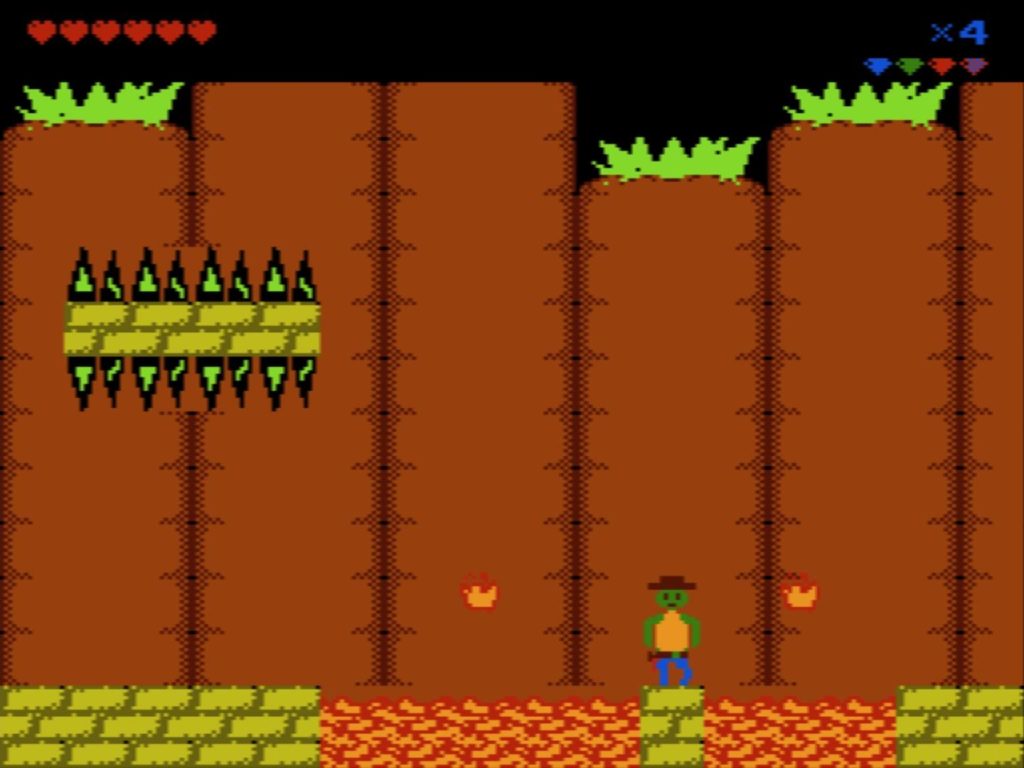
Another great example of homebrew gone “legit”. Here’s hoping we see many more titles like this in the future — both on the Evercade and in the broader retro gaming community!
Find out more about the Indie Heroes in the rest of our feature.
The post Indie Heroes: Kubo 3 is a short but sweet 8-bit adventure appeared first on Retrounite.


